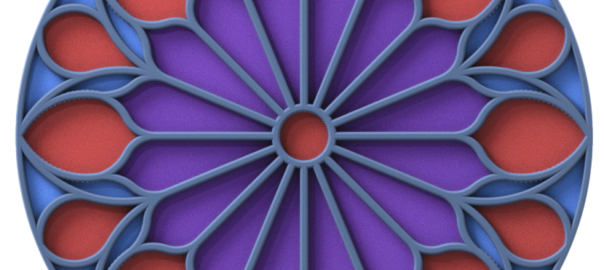Vi er glade for å kunngjøre nye datoer for Eurock 2020: 12-14. oktober. Arrangementet vil avholdes på samme sted som det opprinnelige arrangementet: Clarion Congress i Trondheim. Samtlige tilknyttede ISRM møter blir flyttet til oktober. Eksakt tid og sted for disse møtene vil kunngjøres av ISRM etter hvert.
Da spredningen av viruset har gått ned betraktelig, løftes restriksjonene for større arrangementer av den norske regjeringen gradvis. Vi ser den samme utviklingen i mange andre land, og ser derfor positivt på muligheten for å avholde et vellykket Eurock 2020 i oktober. Den nye datoen gir organisasjonskomiteen tilstrekkelig med tid for å planlegge en relevant konferanse som ikke kompromisser med sikkerheten til delegater og deltakere.
Vi anerkjenner den rådende usikkerheten gjeldende pandemiens utvikling, i tillegg til mulighetene for forskjellig nasjonal respons i henhold til reiserestriksjoner rundt om i verden. Av den årsaken tilbys alle deltakere en fleksibel kanselleringsløsning, også de som allerede er påmeldt. Dette vil gjøre det mulig å kansellere kort tid før konferansestart. Registreringen åpnes på nytt 25. mai, og Early Bird rabatt vil gjelde frem til 16. august. Alle deltakere er ansvarlige for sine egne reiseløsninger.
Organisasjonskomiteen er i kontinuerlig dialog med ISRM som er positive gjeldende planen om å avholde konferansen i oktober.
I mellomtiden overvåker vi situasjonen nøye via Helsedirektoratet og Verdens helseorganisasjon, og jobber videre for å skape en interessant og sikker konferanse i oktober.
Vi sees!
Organisasjonskomiteen for Eurock 2020.


